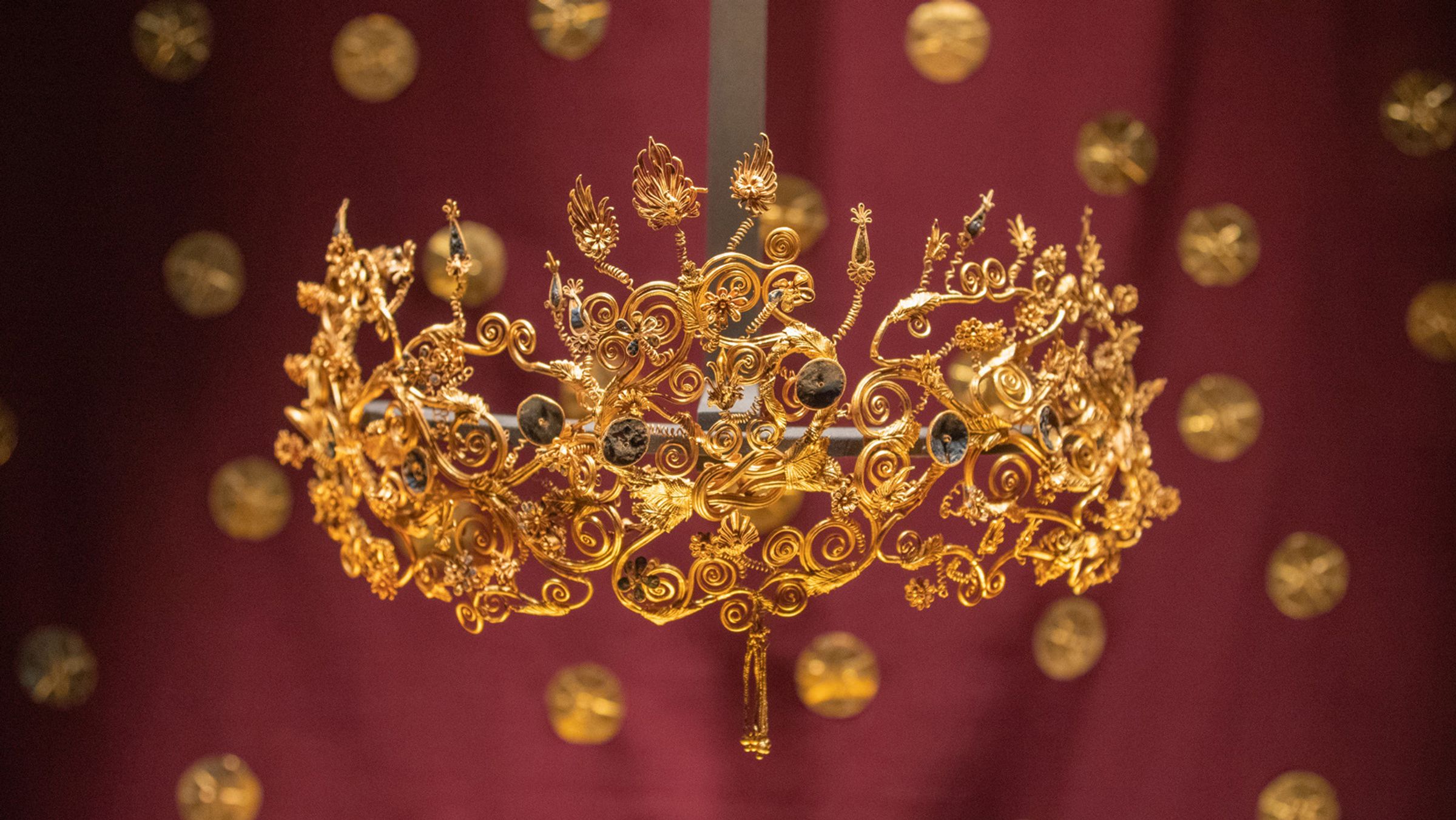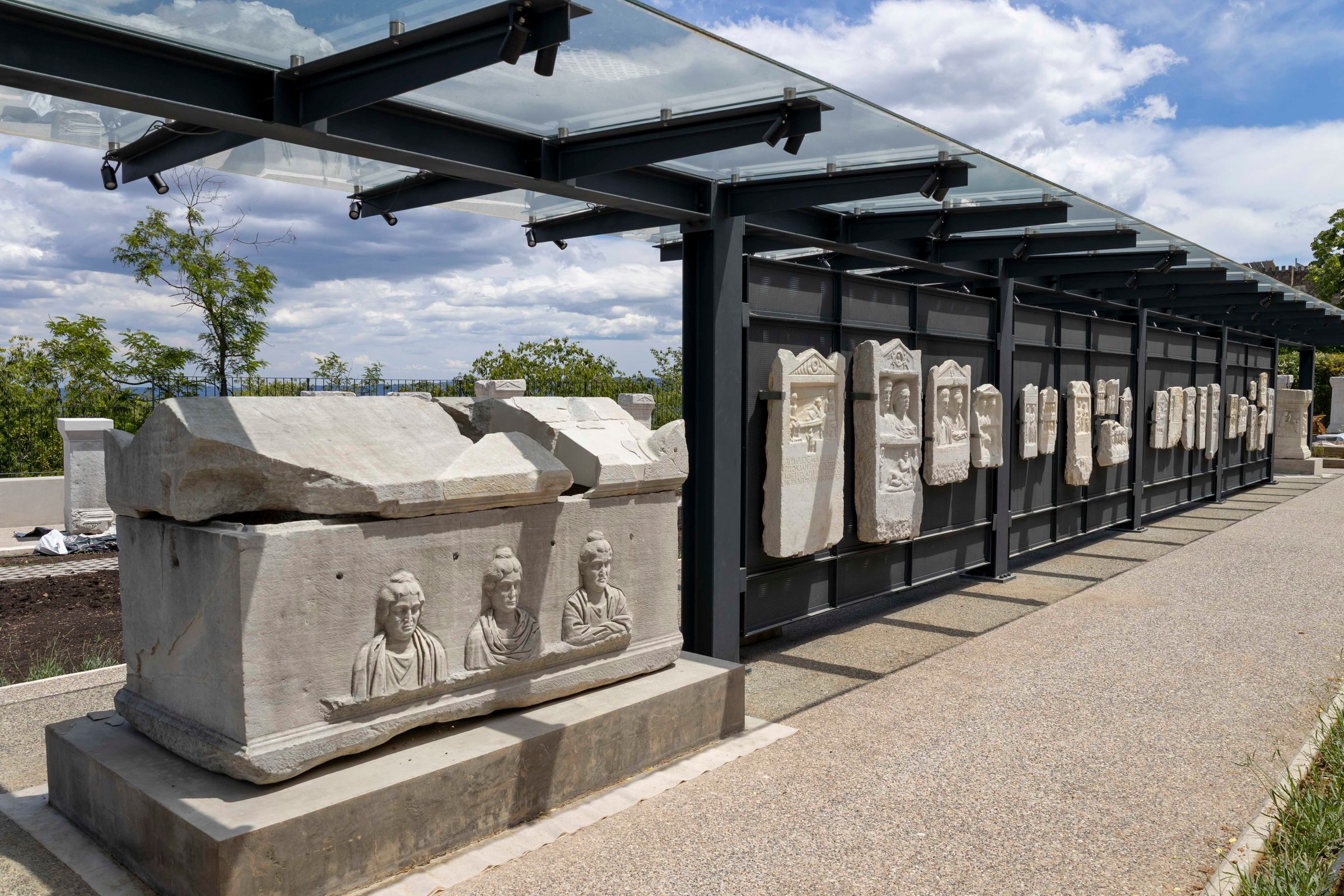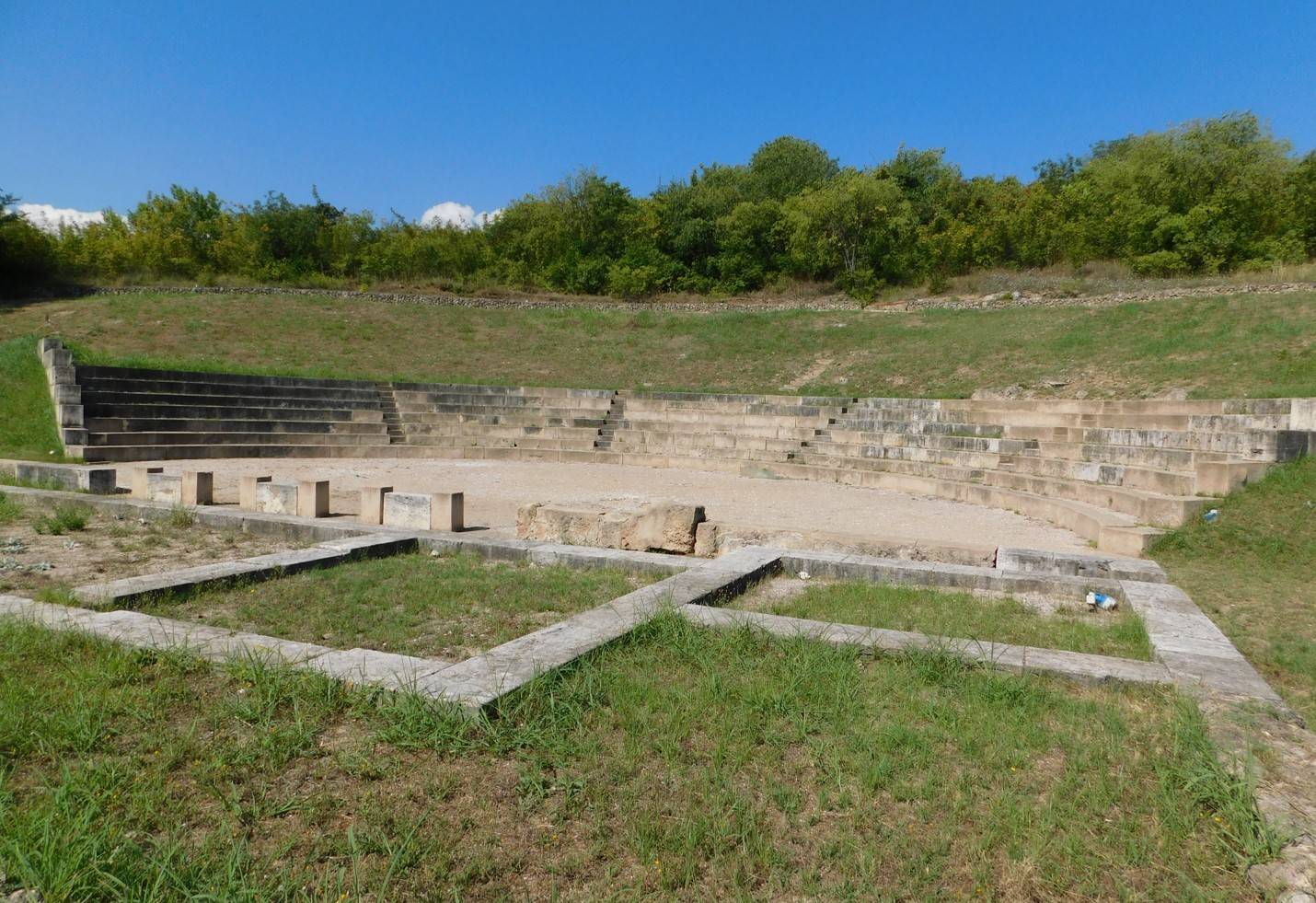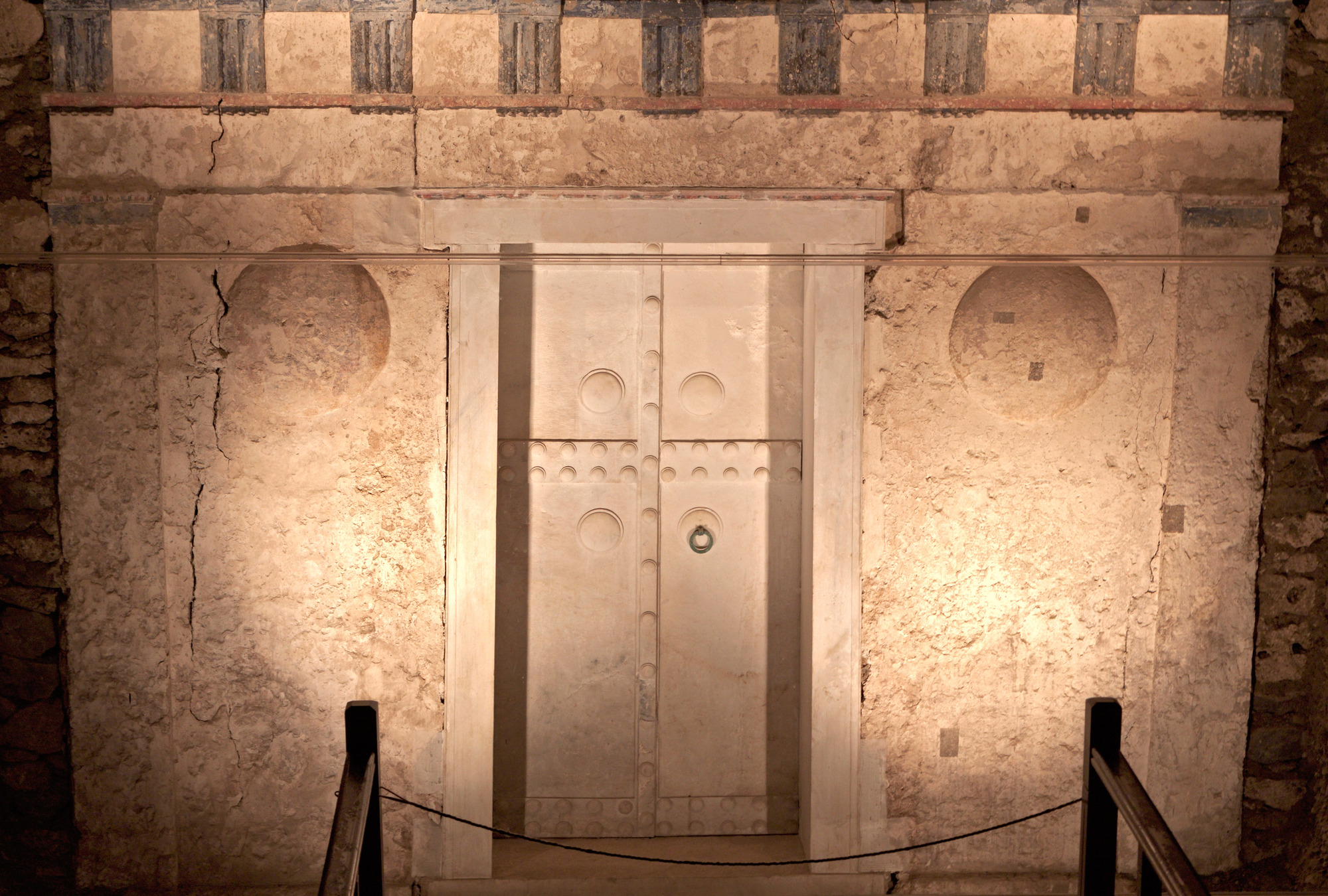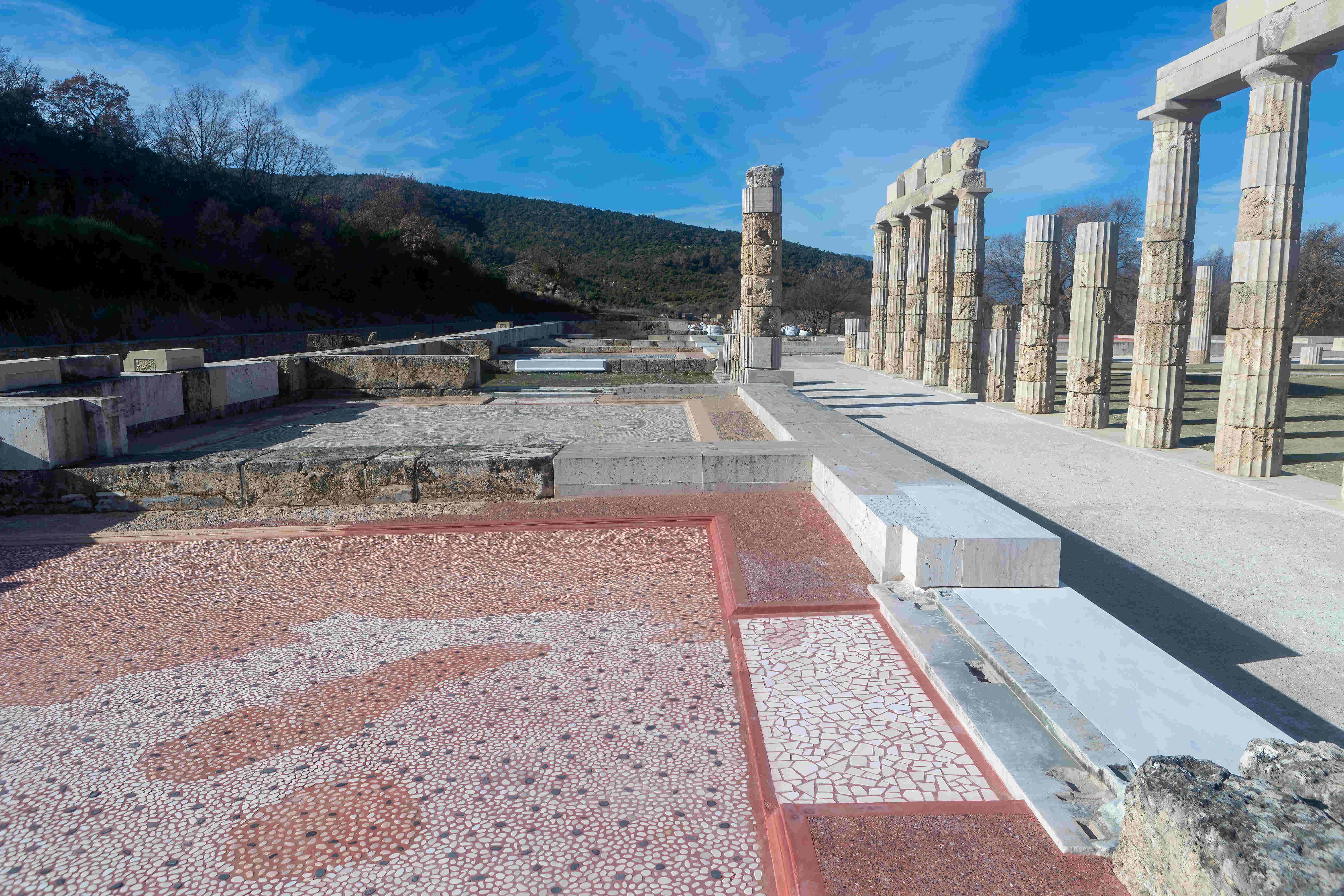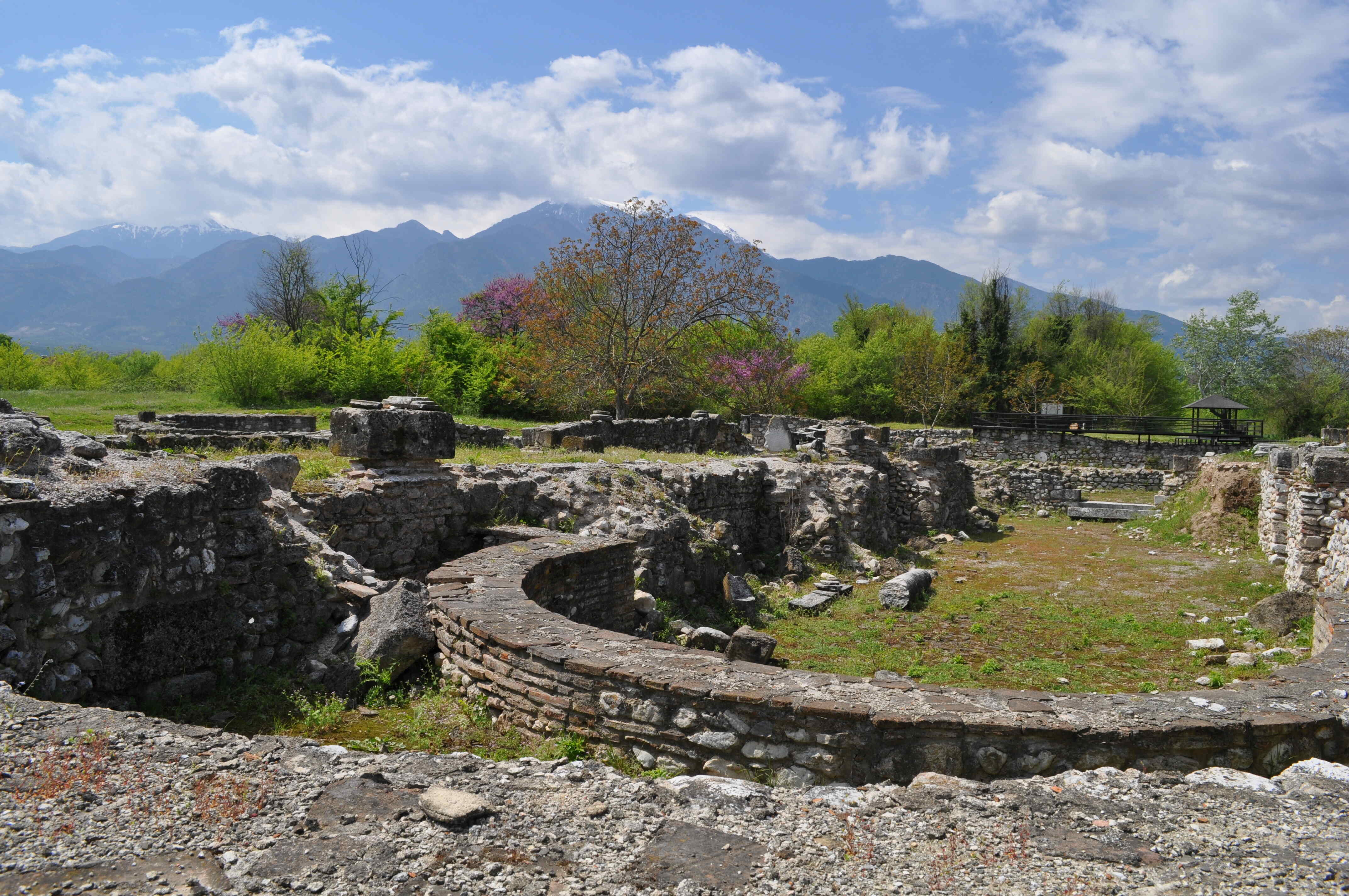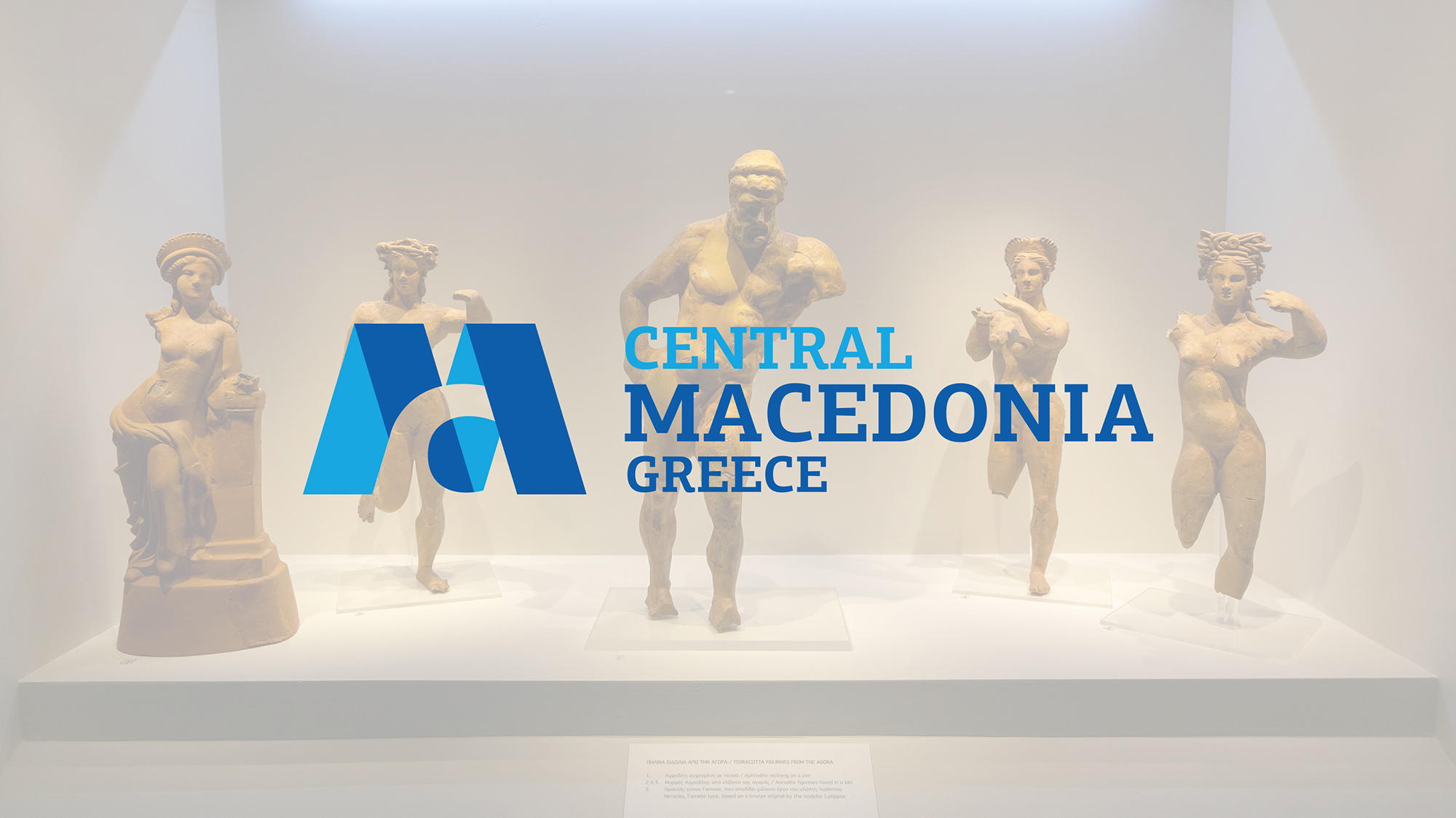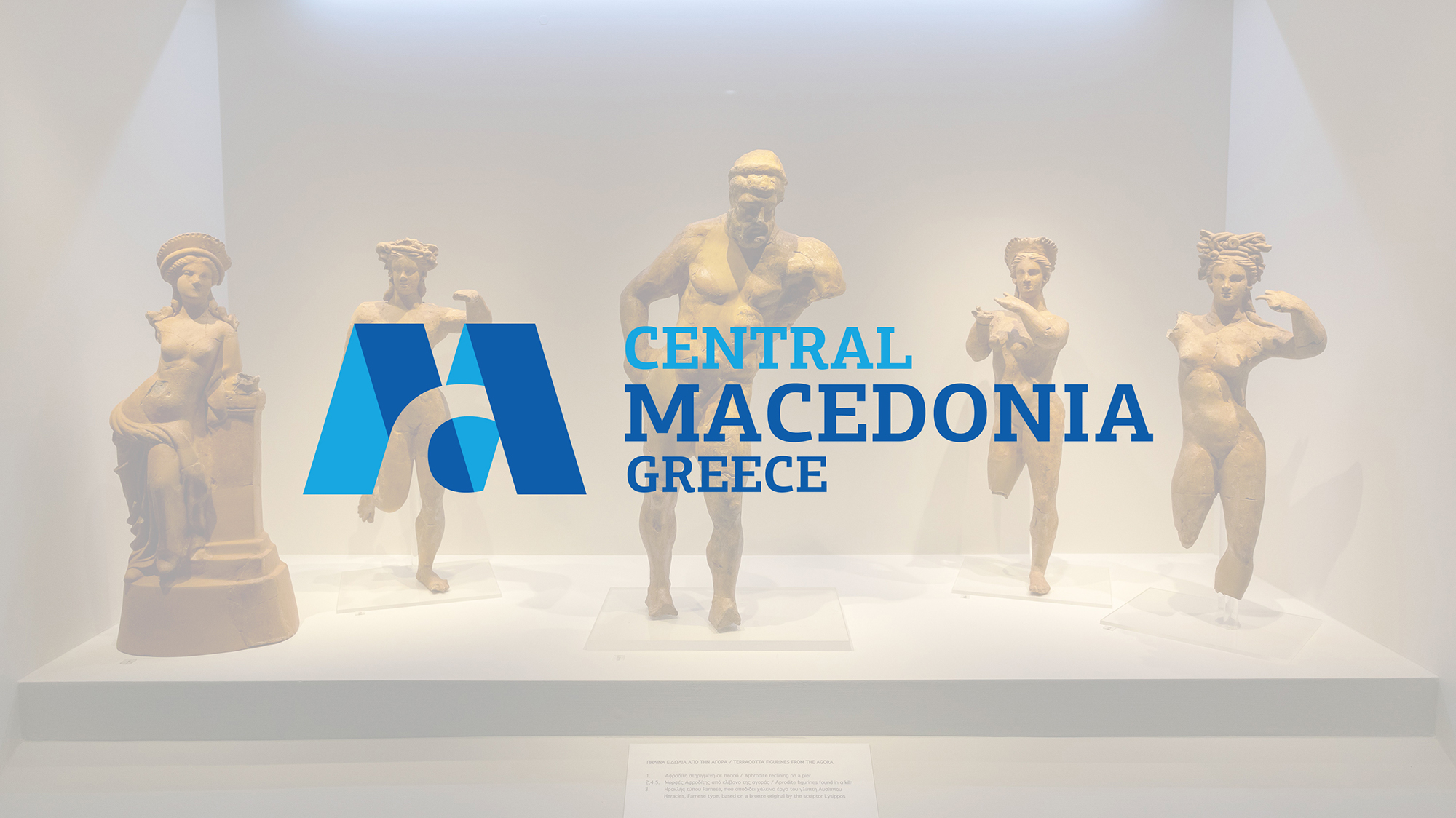
Tomb of Alexander IV at Aegai
Tomb of Alexander IV at Aegai
The "Macedonian Tomb," One of the Most Significant Archaeological Finds in the Region's History
The Tomb of Alexander IV at Aegai, also known as the Macedonian Tomb, is one of the most significant archaeological discoveries in Macedonia and an exceptional testament to the history of the Hellenistic period. Discovered in 1977 by archaeologist Katerina Kasdagli, it has been recognized as one of the most important finds in Greek archaeology.
Dating back to the 3rd century BC, this tomb belongs to the period following the death of Alexander the Great. It is known as the tomb of Alexander IV, the son of Alexander the Great and his wife Roxana, who was executed during the succession struggles of the Macedonian kings. The discovery provides valuable insights into the history of Alexander the Great's successors and the political developments of the time.
The Tomb of Alexander IV is an impressive single-chamber burial chamber with a conical roof and well-preserved marble decorations. The interior of the tomb features rich frescoes and architectural elements depicting scenes from the lives of Macedonian kings and warriors. The style of the frescoes reflects the influence of Macedonian artistic traditions and offers valuable information about the art and society of the era.
Visiting the tomb allows guests to admire its intricately crafted architecture and frescoes while uncovering the history of Alexander IV and the period of Alexander the Great's successors. The tomb is a significant reference point for archaeology and history enthusiasts, providing a unique glimpse into the Hellenistic period and the conditions of Macedonian kingship.
The Tomb of Alexander IV at Aegai stands as an exceptional example of Macedonia's rich cultural heritage and the important role the region plays in the study of ancient Greek history.


